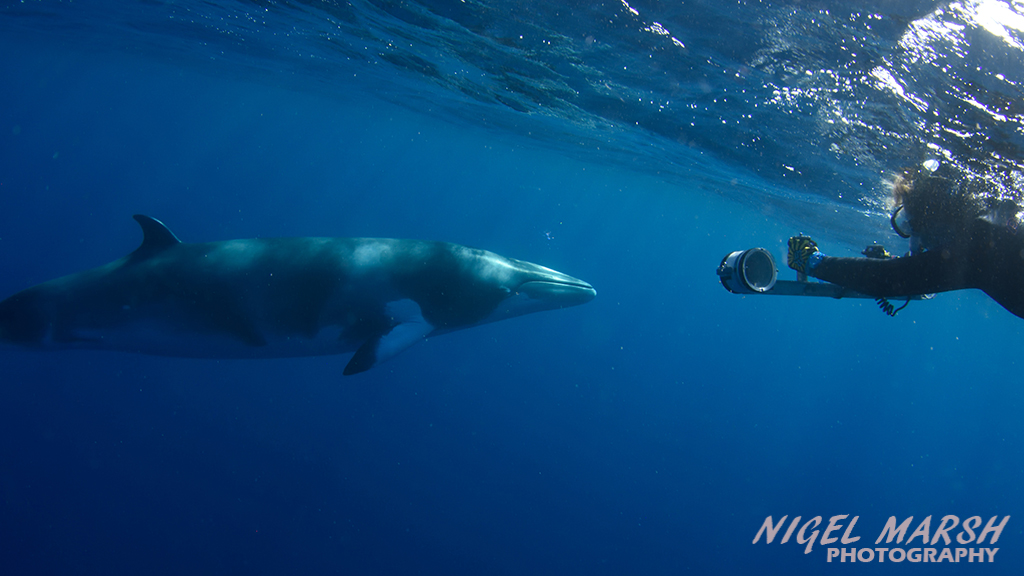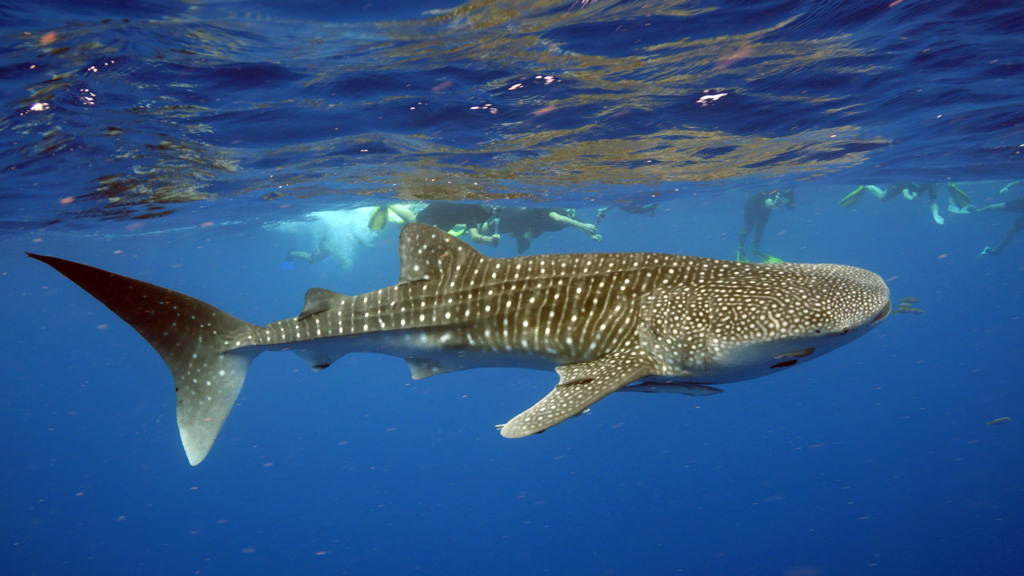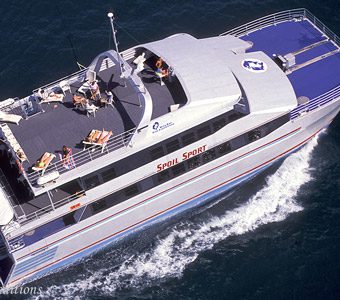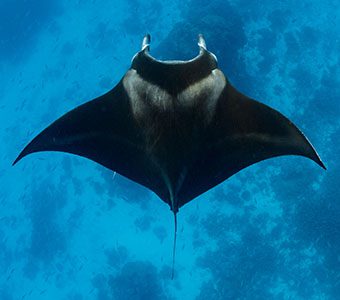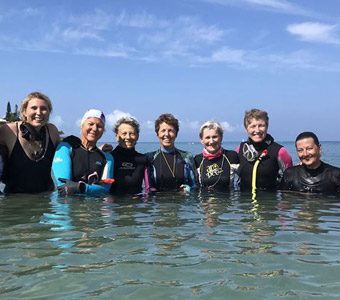As we sit out the Covid-19 storm, it’s worth thinking about the next dive trip – to give us all something to look forward to. For many of us here in Australia – that’s likely to be right here at home, as domestic travel restrictions begin to ease. Luckily for us, we have some of the most amazing diving experiences in the world. Here are just 5 incredible Australian marine encounters – 5 reasons to #diveherethisyear.
1. Giant cuttlefish in NSW, VIC and Whyalla
Between May and July each year, giant Australian cuttlefish, the world’s largest species, congregate by the thousands in the shallow waters between Fitzgerald Bay and False Bay in Whyalla in South Australia’s Spencer Gulf, to breed. It’s one big cephalopod orgy and it’s spectacular to witness.
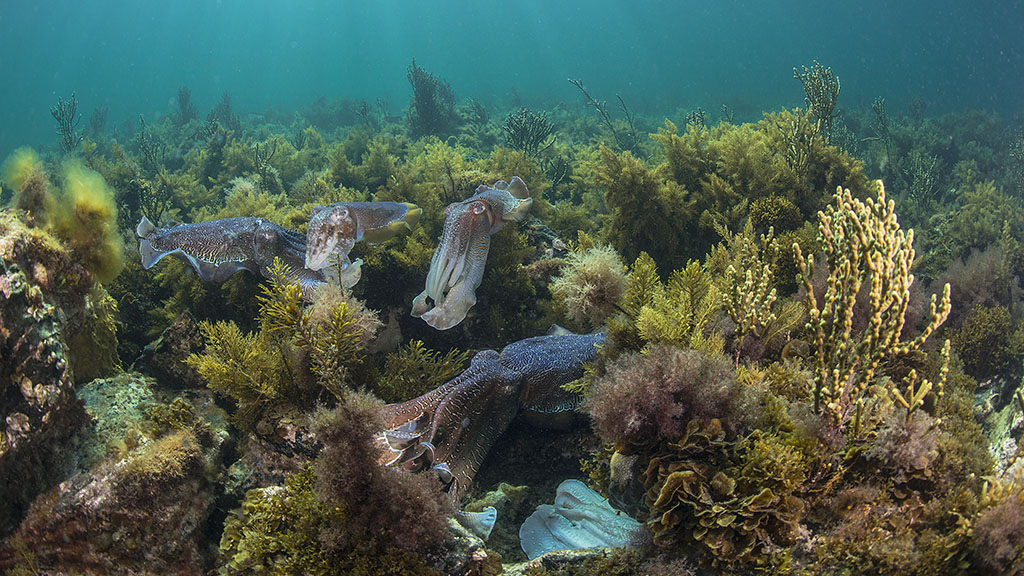
Cuttlefish are actually not fish at all, they are cephalopods, which translated literally means “head foot” which kind-of makes sense when you look at them. Their feet (eight tentacles) are directly connected to their head. Their tentacles, which are a bit like over-developed lips, are used for grabbing, moving and camouflage. The two feeding tentacles are smooth but tipped with a testicular club covered with suckers. This is what they use to catch their prey; which they then secure and eat with their beak-like mouth and a tooth-lined tongue.
After this marathon of three to four months of endless sex, most die from the sheer exhaustion. Giant Australian cuttlefish are also seen frequently at Sydney and Melbourne dive sites, and along the NSW and Victorian coastline.
2. Dwarf minke whales on the Ribbon Reefs
The dwarf minke whale is the smallest member of the baleen whales, growing to only 8m in length. This species is only found in the Southern Hemisphere, spending the summer months feeding in sub-Antarctic waters and migrating to the warm waters of the Great Barrier Reef over winter to breed and give birth.
These small whales are very different to their larger cousins, as when in reef waters they are strangely attracted to stationary boats, often hanging around for hours and even days. This has allowed dive operators, with special swim-with-whale permits, to place snorkelers in the water with these curious mammals for some remarkable encounters.
The season is short, from early June to late July and the best way to have an encounter is on a three-day liveaboard trip onboard Spirit of Freedom or Mike Ball’s Spoilsport.
3. Ningaloo whale sharks
Whale sharks can grow up to 16 metres in length, with a mouth over a metre wide. So named because it is as big as many whales and like many whales, a filter feeder. Indeed, the whale shark (Rhincodon typus) holds many records for sheer size, being not only the largest extant fish species but also by far the largest living non-mammalian vertebrate, rivalling many of the largest dinosaurs in weight.
On Australia’s west coast, Ningaloo is the place to go for a whale shark encounter. Between mid-March and mid-July, you can enjoy a snorkel on Ningaloo Reef – the world’s largest fringing reef – in the Ningaloo Marine Park, and also go for a swim with the world’s largest fish. Whale shark swimming tours are operated from the towns of Coral Bay and Exmouth.
Small groups of only 10 swimmers at a time are dropped close by these gentle giants as they move through the water, and as a snorkeler, you’ll feel particularly dwarfed by their massive size and even wider mouth.
Whale sharks can also be seen diving or snorkelling at Christmas Island.
4. Mantas at Lady Elliot Island
Lady Elliot Island is well known for manta activity – indeed, the island advertises itself as ‘Home of the Manta’ and is used frequently as a base for the research team at Project Manta which has identified over 700 individuals in waters surrounding the island.
There are mantas at Lady Elliot all year round with numbers peaking between mid-May and mid-August. Mantas can be seen whilst snorkelling as well as diving, and there are a couple of known cleaning stations, around Lighthouse Bommie where mantas are reliably sighted. The Resort is also deeply involved in manta conservation and they offer lots of information about mantas.
5. Turtles at Raine Island
Did you know, the world’s largest green turtle rookery can be found in Australia? Roughly 620 km north of Cairns lies Raine Island, the world’s largest green turtle rookery, which itself is surrounded by pristine colourful reefs teeming with life.
During nesting season between October to March, upwards of 15,000 egg-laden turtles come here to nest. The island itself, a world heritage site, is off-limits, but it is possible to dive the surrounding reefs, Mike Ball Dive Expeditions operate a couple of special expeditions here in November each year.
Naturally, turtles are seen in abundance diving Raine Island, either sleeping on the bottom or cruising the walls. Sharks are also common, especially grey reef sharks and whitetip reef sharks, but tiger sharks also frequent the reef to feed on sick or injured turtles.

